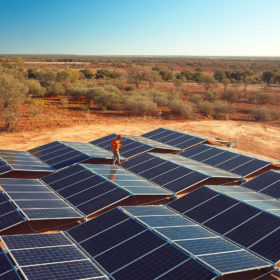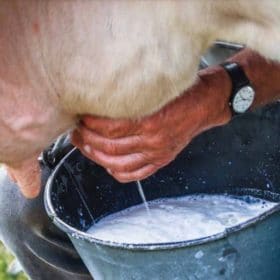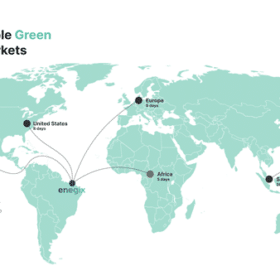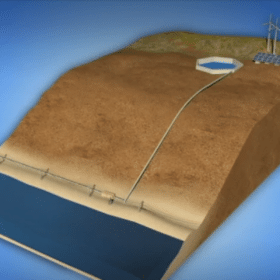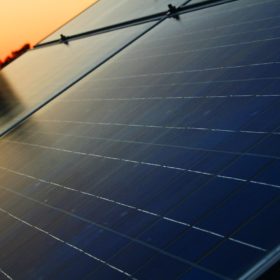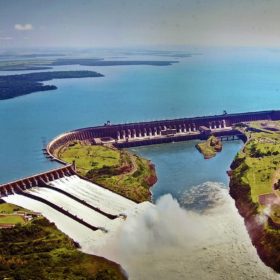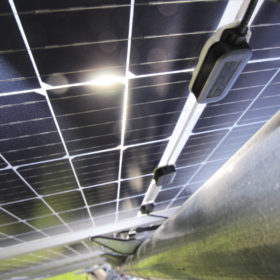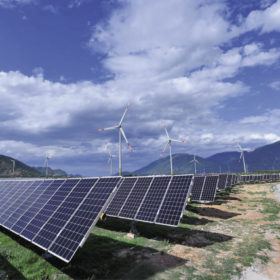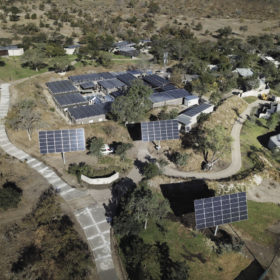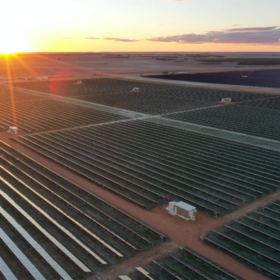5B’s modular expansion plans boosted by bigwig investment
5B, the Sydney-based modular solar manufacturer has successfully completed its most recent $12 million funding round, and along with the continued support of existing investors, the clean technology company also received investment support from former Australian Prime Minister Malcolm Turnbull and Smart Energy Council Director Simon Holmes à Court.
Land of milk and honey, Hycel set to work on hydrogen opportunities for dairy industry
It has been said that it is no use crying over spilt milk, and similarly there is no use crying over emissions already spilt by the dairy industry, there is only to curb those emissions and Deakin University’s Hycel Technology Hub is looking to do that for the dairy industries in both Australia and Uruguay.
Australia-based Enegix Energy planning $5.4bn Brazilian green hydrogen plant
The facility is expected to be located in the state of Ceará and to be powered by around 3.6 GW of wind and solar facilities located in the region. The project developer is Australia-based Enegix Energy.
Pumped hydro with desalination, powered by renewables
EDF and Oceanus plan to build a pumped hydro storage station and a desalination system powered by wind and solar. The system will use saltwater to produce hydropower during periods of high demand, while producing affordable freshwater.
The weekend read: The race for green hydrogen
Large swaths of low-cost land: check. Lots of sun and wind: check. The ability to transport green hydrogen cost-effectively to energy importing economies: check. Then you’re in the race to become one of the “renewable energy superpowers” of the low-carbon economy. A growing number of countries are assessing their renewable resources and natural attributes and positioning themselves to become green hydrogen exporters. However, not all are created equal.
Major economies should divert fossil fuel Covid-recovery cash to clean energy before it’s too late
A report by Finnish company Wärtsilä has estimated the potential impact if every dollar committed to a non-renewables energy sector recovery was instead funnelled to clean power.
Floating PV to offset underperforming hydropower
Brazil now has 12 GW of underperforming hydropower capacity, according to U.S. researchers. Large-scale floating PV is an ideal solution to offset this shortfall, due to its high capacity factor, load correlation, and high potential output during periods of high demand.
Nextracker the largest tracker provider in 2019
The ten largest solar tracker companies accounted for 88% of the market last year, according to analyst WoodMackenzie, with the market growing 20% from 2018.
Covid-19 to wreck economics of new solar and wind projects
While the full extent of the impact of the Covid-19 pandemics on the renewable energy market is yet to reveal itself, Norwegian consultancy Rystad Energy predicts new solar and wind projects will grind to a halt this year and experience a ripple effect in the years beyond as currencies across the globe continue to fall against the US dollar.
How much PV is needed in an hybrid solar-diesel mini-grid?
Researchers in Brazil have suggested using solar radiation databases and simulator software to scale PV-diesel mini-grid generators. The profiles of PV generation and mini-grid load demand are critical to finding the right balance, according to the academics.
